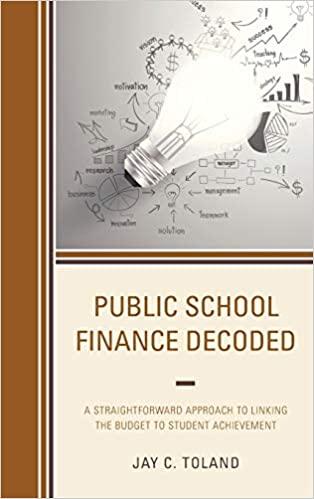Question
Your firm has two divisions (A) and (B). Both divisions do not have any leverage and will not take on leverage in the future. Division
Your firm has two divisions (A) and (B). Both divisions do not have any leverage and will not take on leverage in the future. Division (A) is expected to generate unlevered free cash flows (FCFs) of $100 million annually in perpetuity. Division (B) is expected to generate FCFs of $200 million annually in perpetuity. Both divisions generate the first FCF in one year from today. You selected the following two comparable firms to determine your expected return on assets. The comparable firm for division A, called CompA has a market value of $300 million and continuously rebalances to a debt-to-value ratio of 30%. CompA has $200 million of identifiable assets. CompAs expected return on debt is 4%. CompAs expected return on equity is 8%. The comparable firm for division B, called CompB has a market value of $100 million and continuously rebalances to a debt-to-value ratio of 50%. CompB has $50 million of identifiable assets. CompBs expected return on debt is 5%. CompBs expected return on equity is 10%. What is your firms expected return on assets?
Step by Step Solution
There are 3 Steps involved in it
Step: 1

Get Instant Access to Expert-Tailored Solutions
See step-by-step solutions with expert insights and AI powered tools for academic success
Step: 2

Step: 3

Ace Your Homework with AI
Get the answers you need in no time with our AI-driven, step-by-step assistance
Get Started


